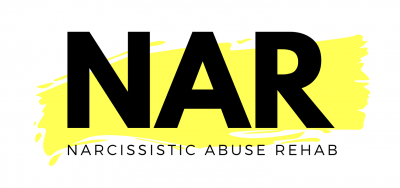With ‘The Myth of Mental Illness’, psychiatrist Thomas S. Szasz challenged coercive psychiatry and demanded an evidence based framework.
Reviews
Welcome to our book and product review section. Here we bring you honest, insightful, and unbiased assessments to help you make informed decisions about your next literary adventure or product purchase.
Welcome to the inaugural Narcissistic Abuse Rehab book review with Meredith Wesley’s ‘Unmasking Manipulation’.


